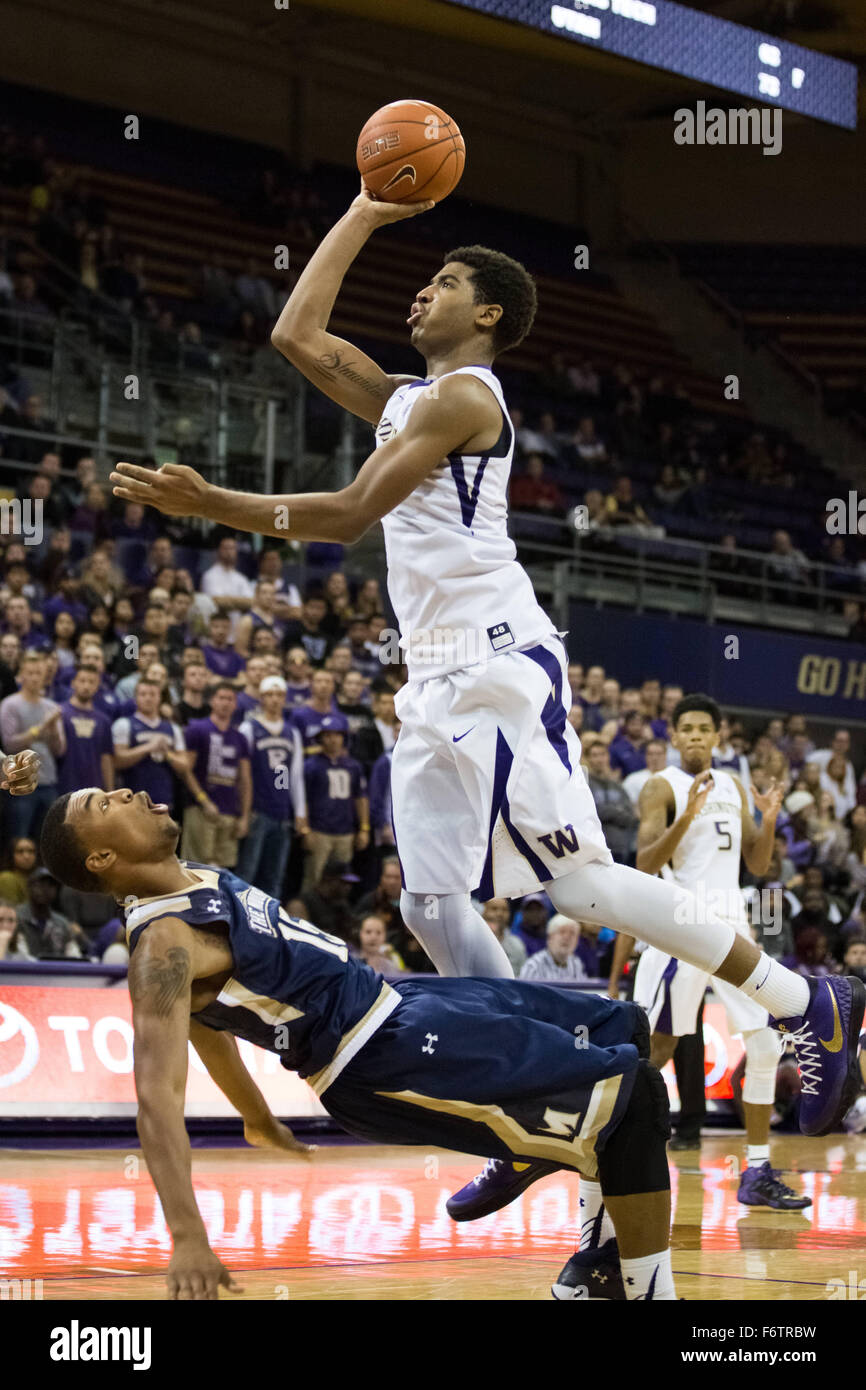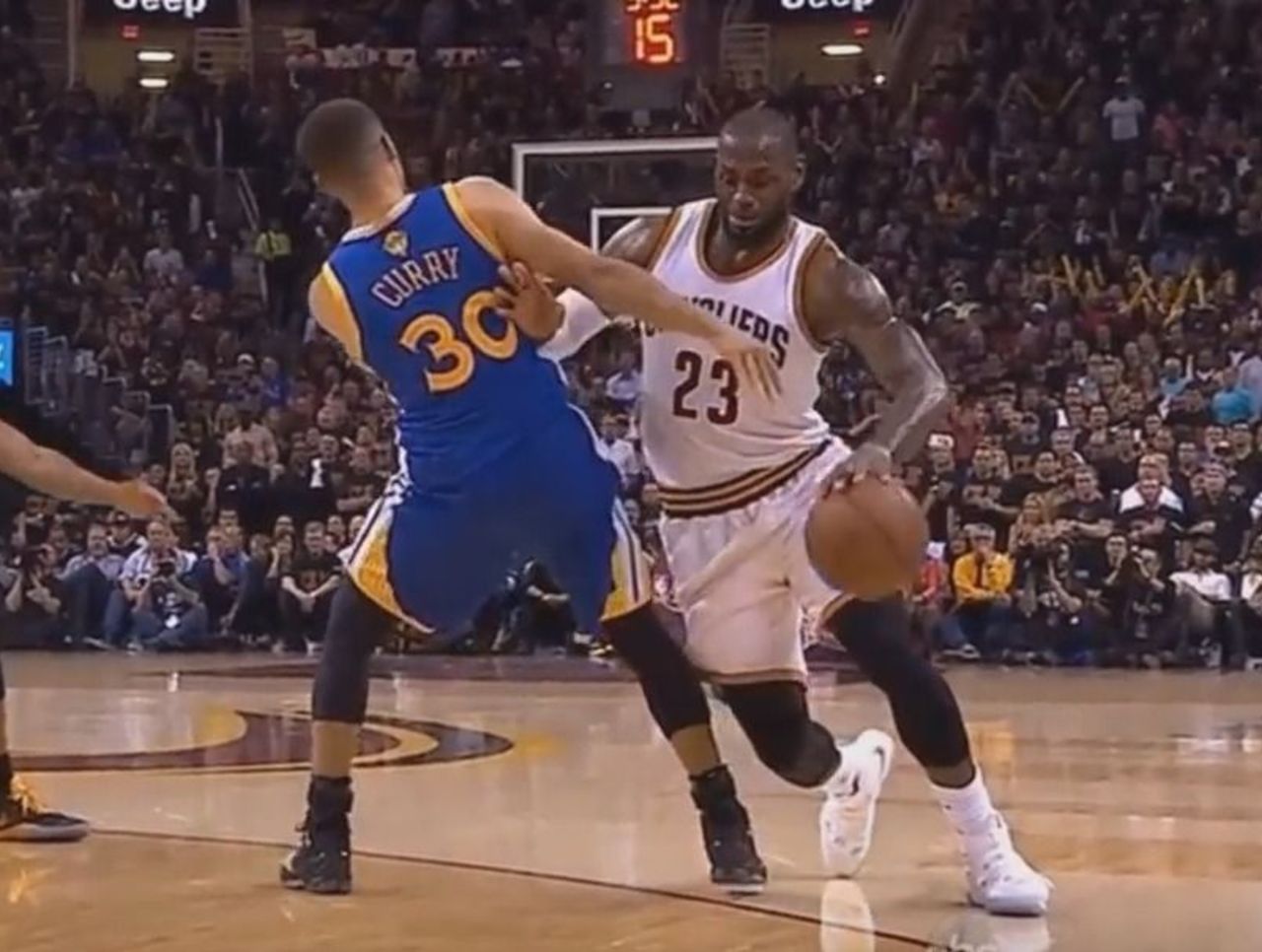Blocking Foul Basketball
In basketball when a player on the defense obstructs the movement of an offensive player a blocking foul is called.

Blocking foul basketball. Outside this area a defender must be in a legal defensive position before the offensive player gets to them in order to draw a charge on the offensive player. A player fouls out on reaching a limit on personal fouls for the game and is disqualified from participation in the remainder of the game. Players routinely initiate illegal contact to purposely affect the play hoping it is seen as. Sporting charts explains blocking foul in the nba there is a semi circular area immediately beneath the rim where blocking and charging fouls are not called.
It is the most common type of foul in basketball. The most notable indication of an improper block is when the defensive player does not set his or her feet in place before coming into contact with the offensive player. In this video an official explains one of the basketball rules for blocking fouls. If the offensive player had picked up hish.
It comes down to who gets to the spot first or who runs into who. A common belief in basketball is that the hand is part of the ball as a result players think they have not committed a foul if they hit an opponents hand while blocking or altering a shot. If the defensive player is still moving does not have his feet planted or has not established themselves within the ball handlers path before the two players collide a blocking foul against the defender will be called. A blocking foul in basketball is a foul assessed to a defensive player who is not properly positioned and makes contact with an offensive player to stop their movement.
If the defender got to the spot where the contact will happen and is waiting for impact then it should be an offensive foul a charge. In some cases this occurs when a defensive player tries to draw a charge foul on the offensive player but fails to get into a stationary position before contact occurs.
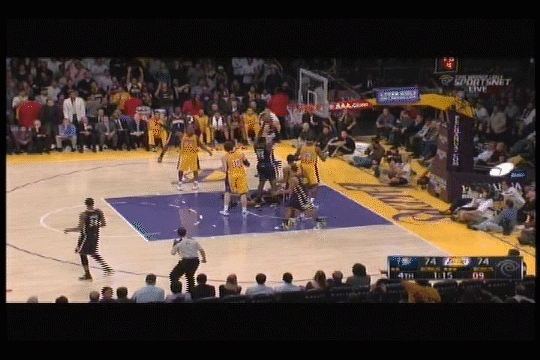

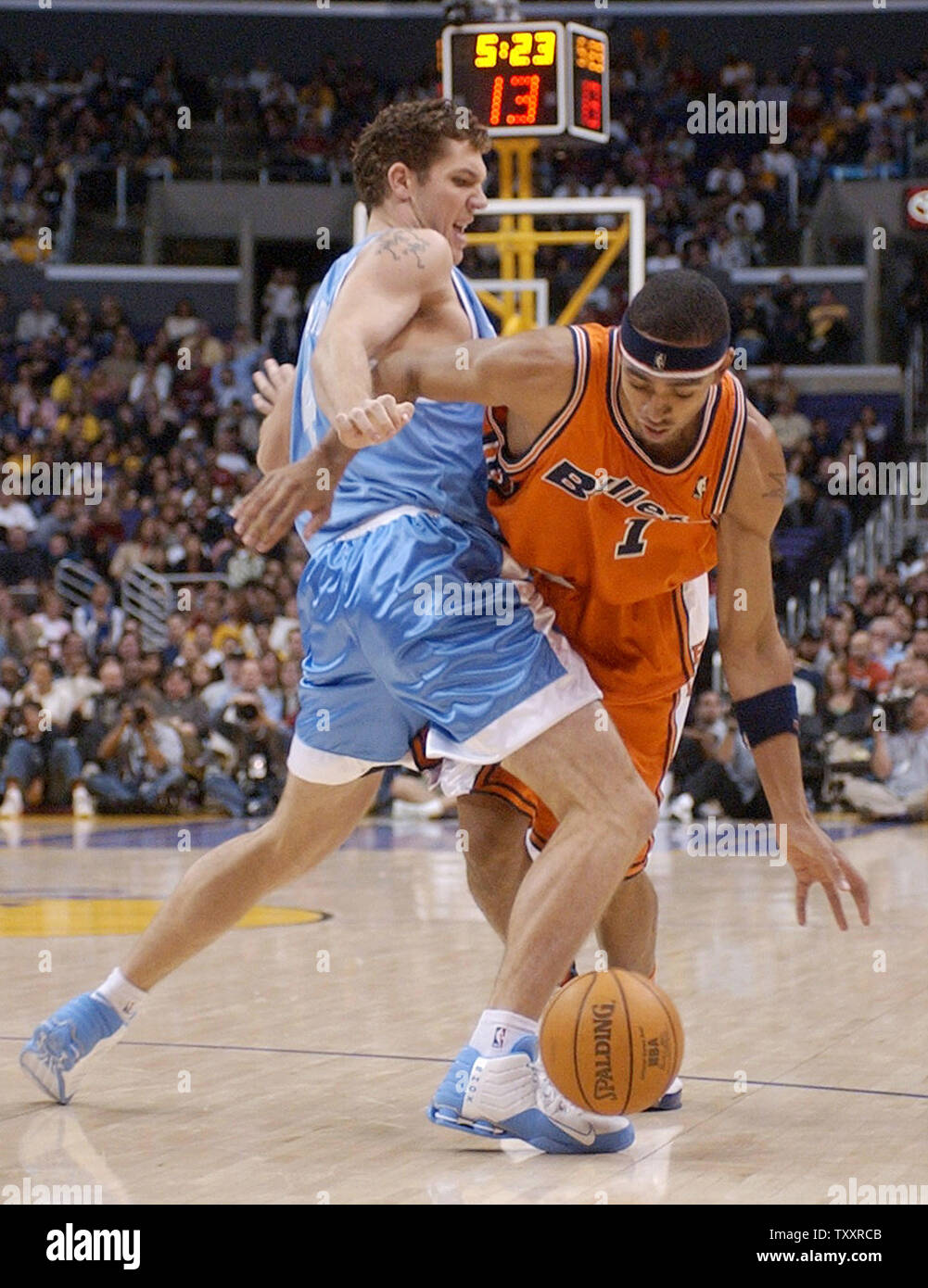
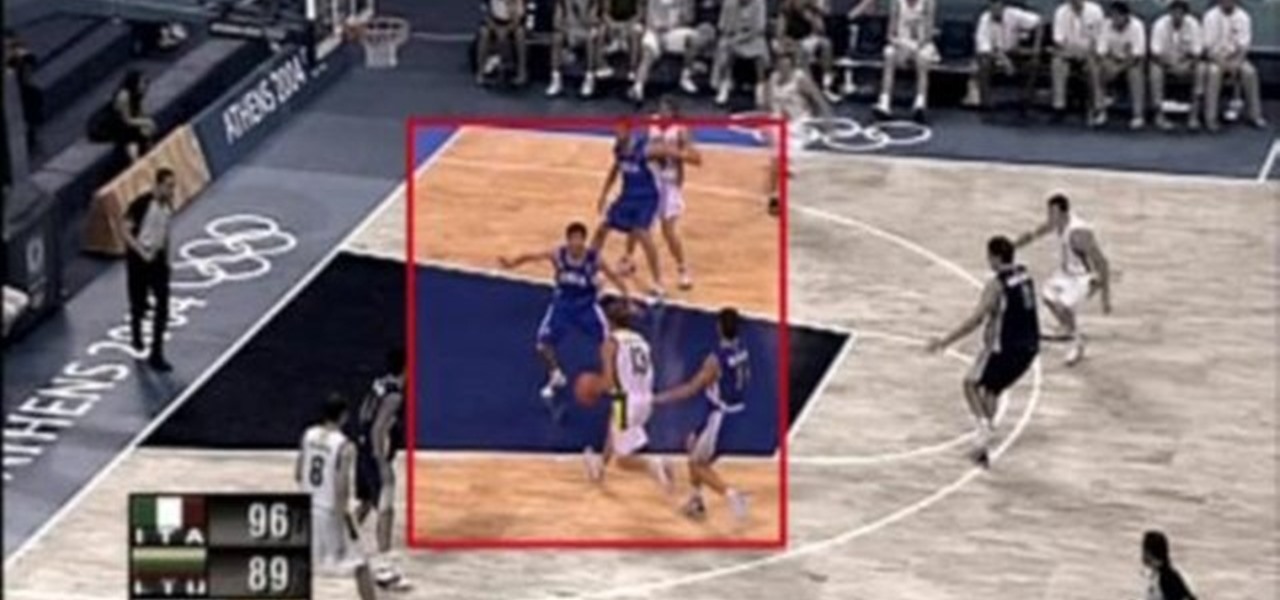

/cdn.vox-cdn.com/uploads/chorus_asset/file/19777489/usa_today_14159034.jpg)

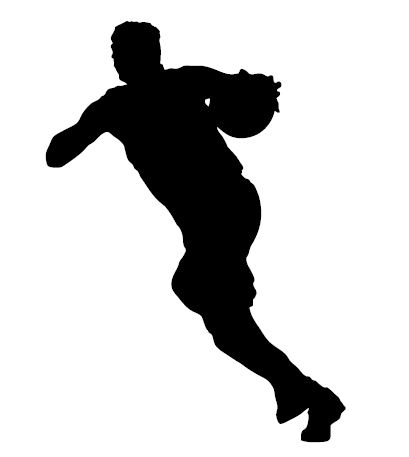


/cdn.vox-cdn.com/uploads/chorus_asset/file/11459311/Screen_Shot_2018_05_31_at_11.35.32_PM.png)

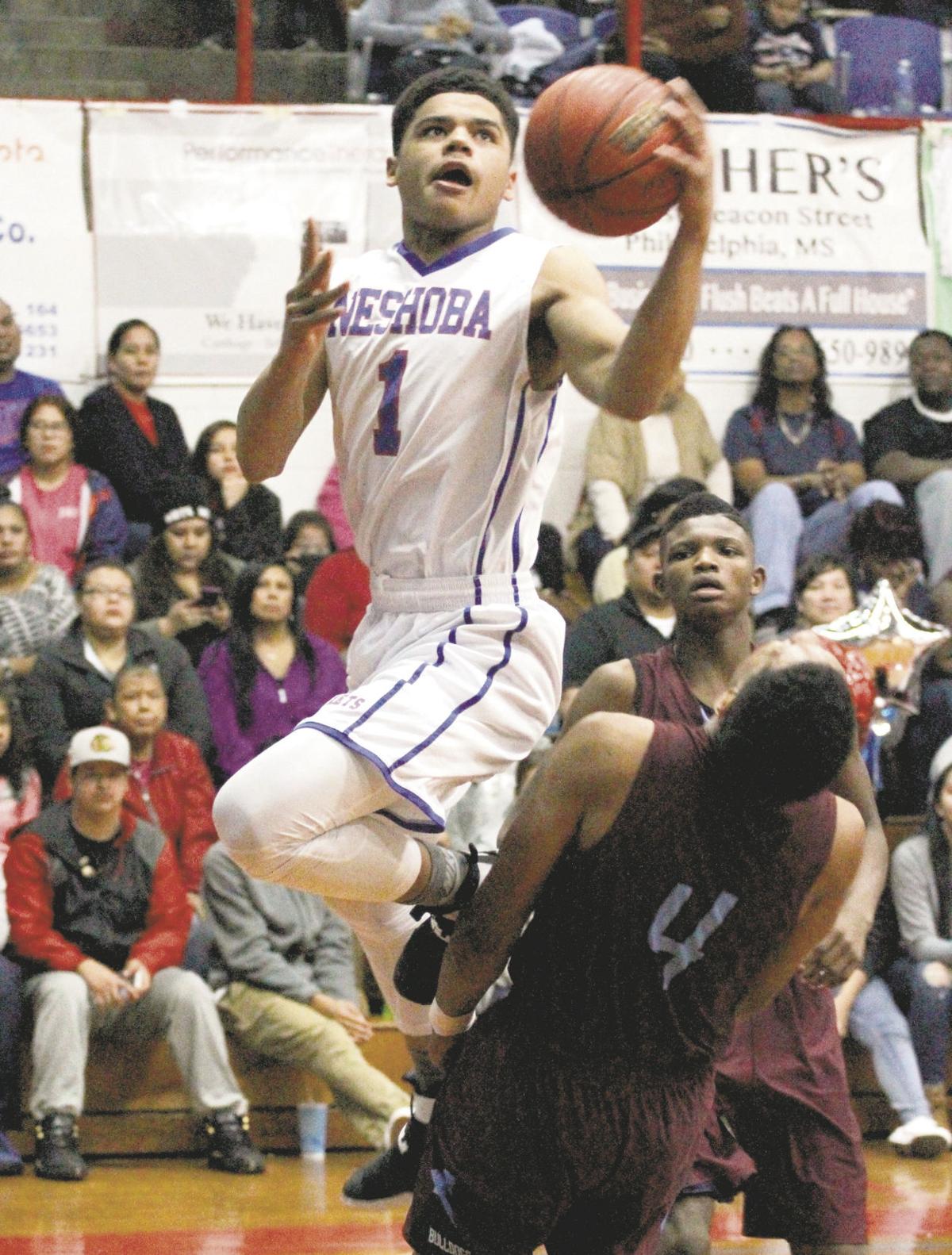



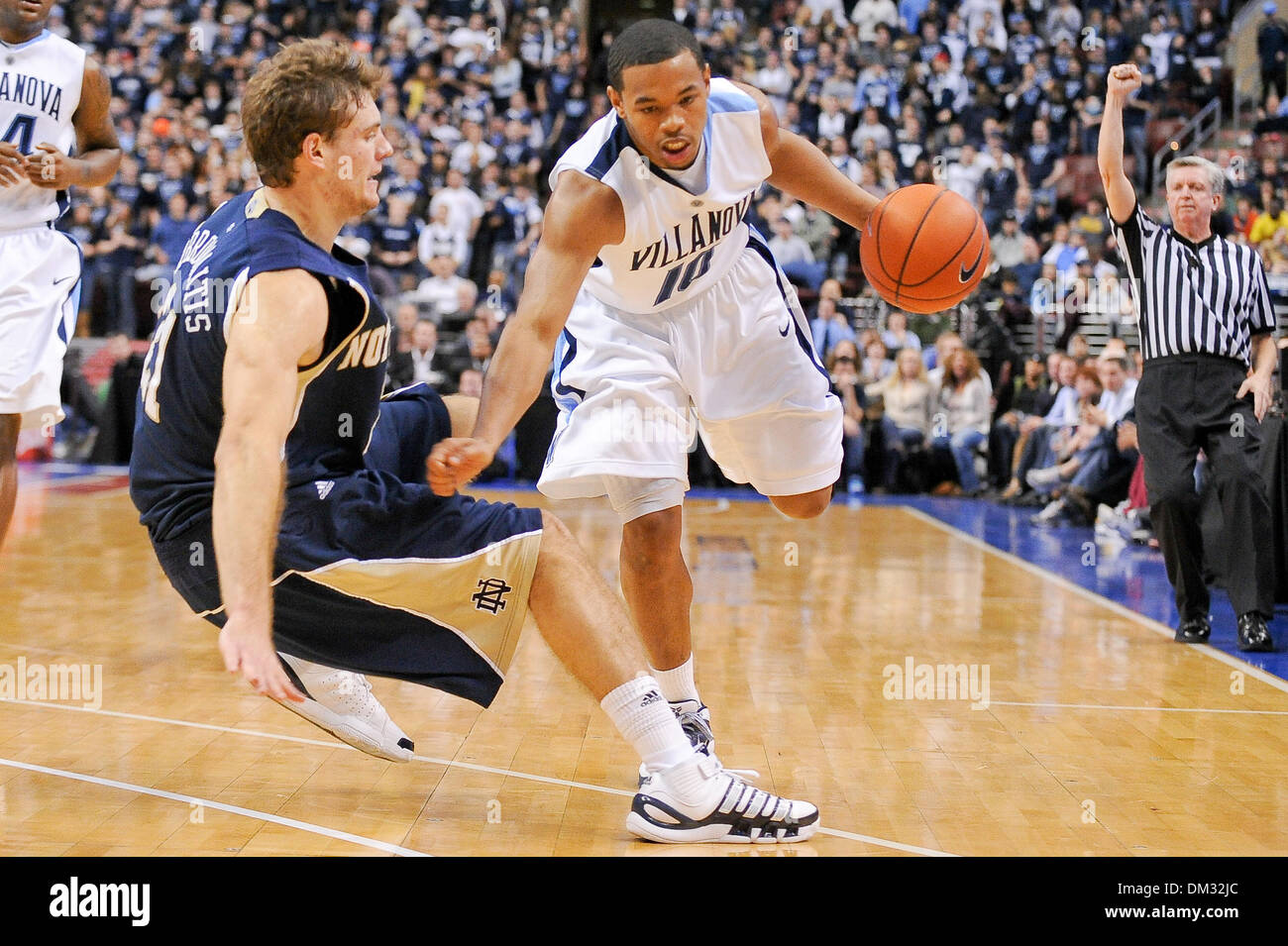


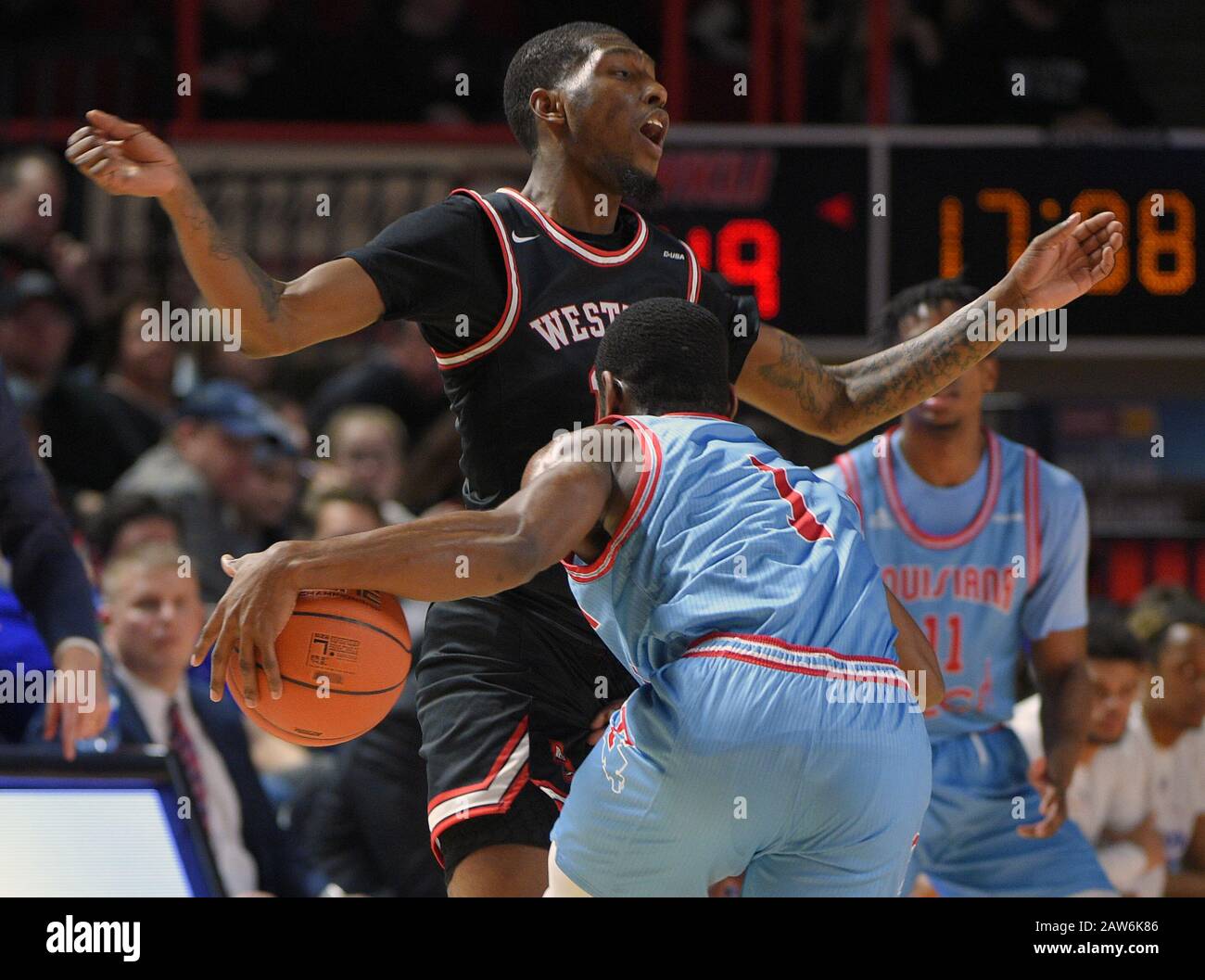
:format(jpeg)/cdn.vox-cdn.com/uploads/chorus_image/image/38932072/20140110_krj_ss1_212.0.jpg)


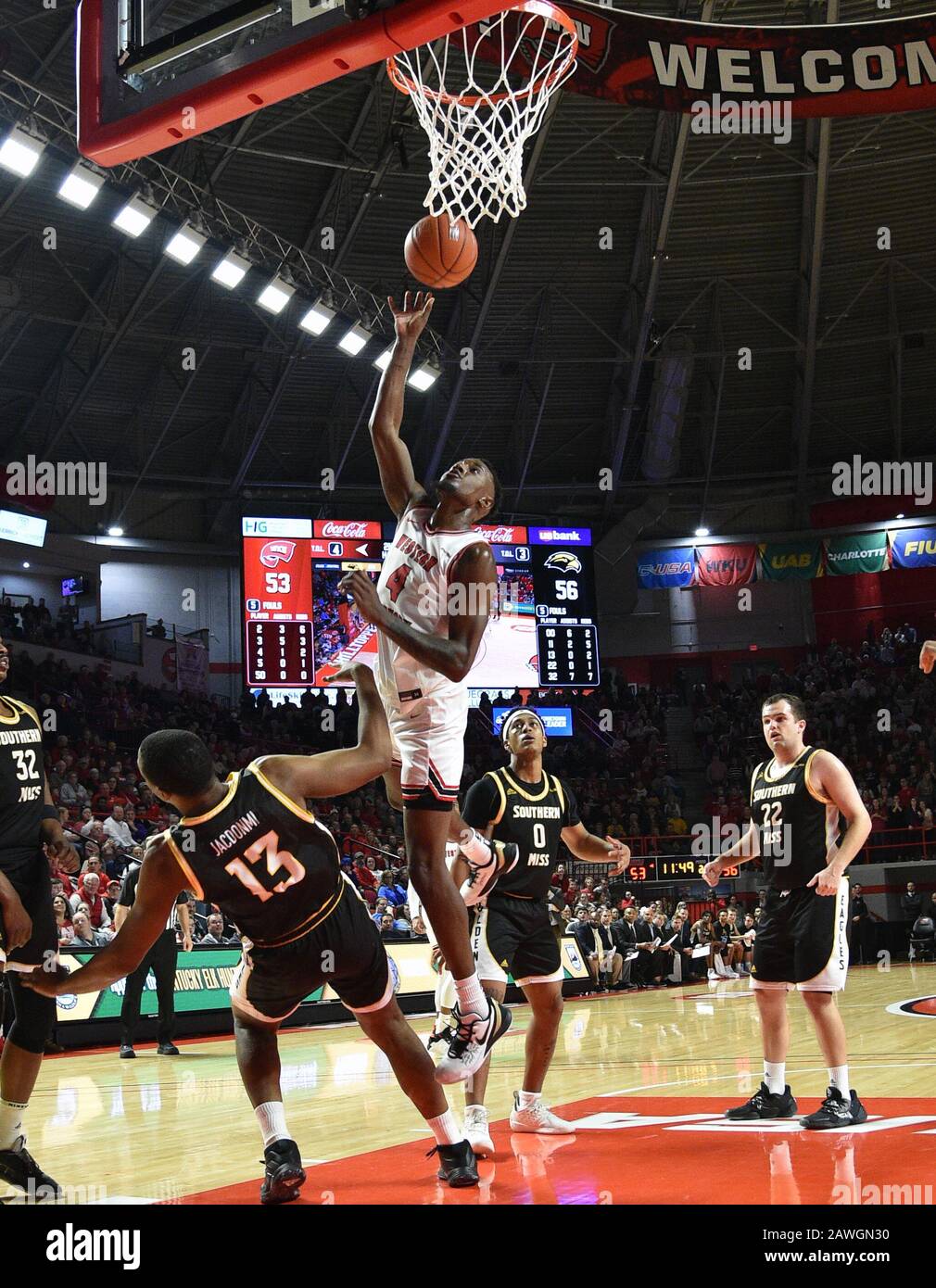

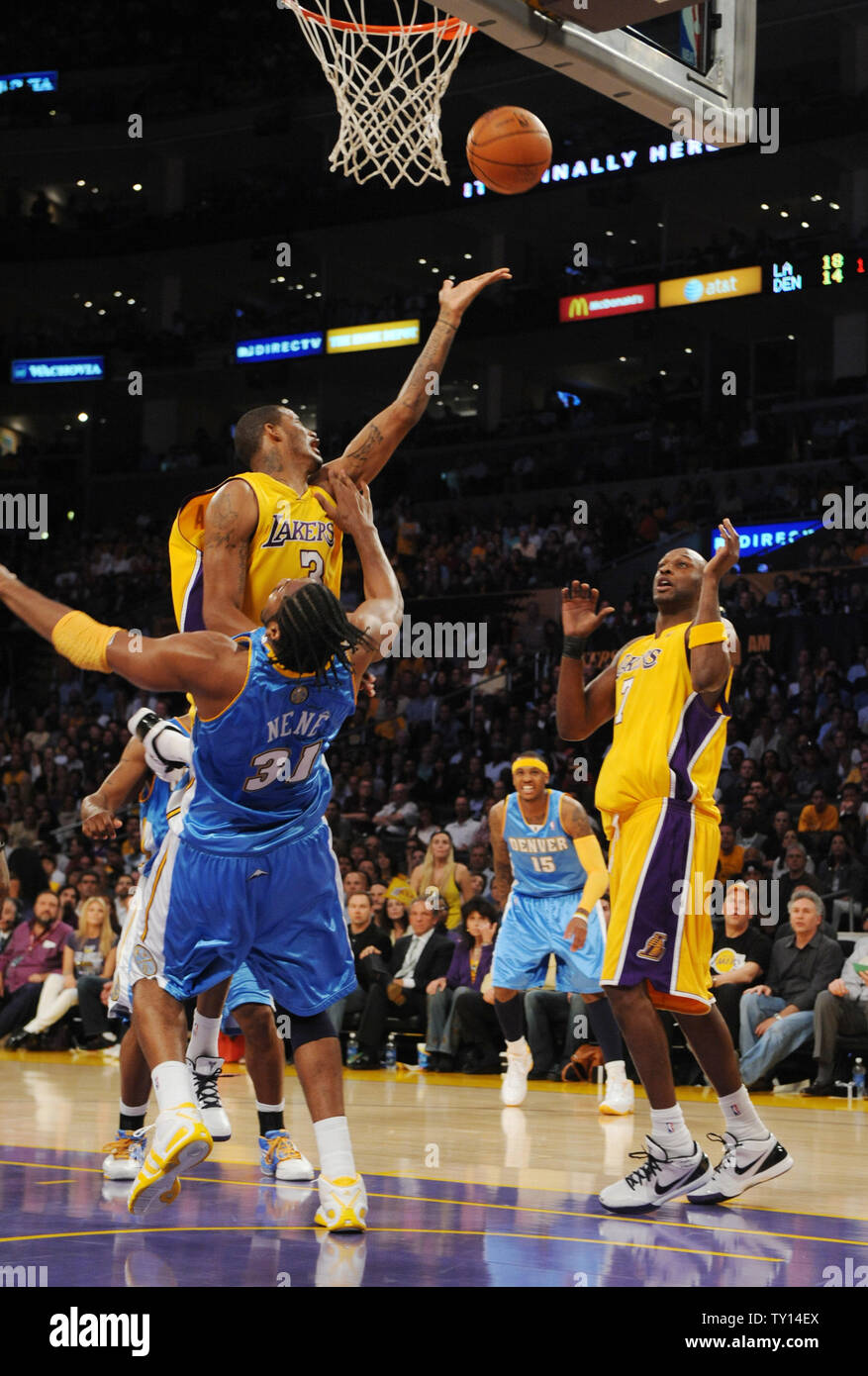


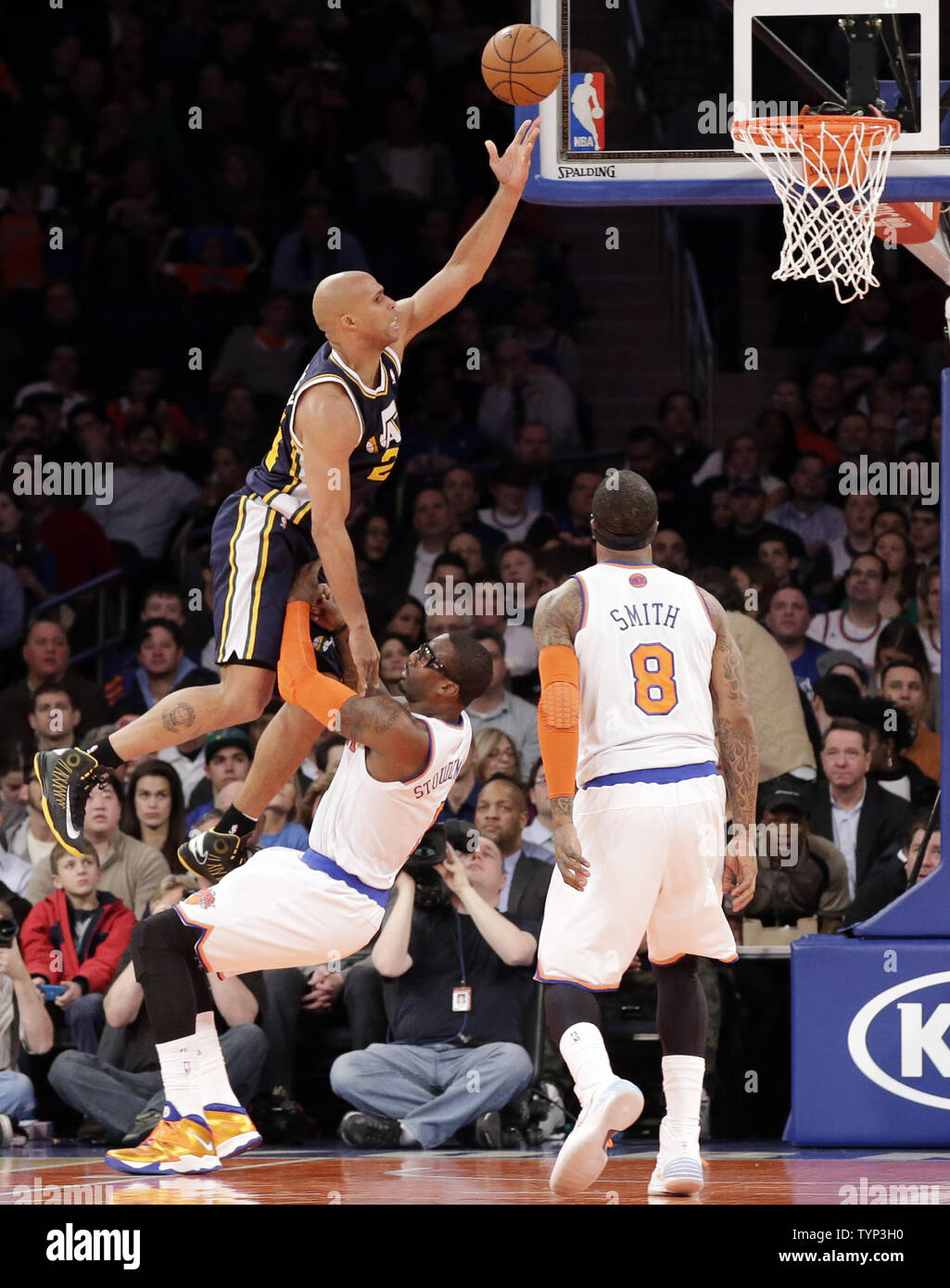
/cdn.vox-cdn.com/uploads/chorus_asset/file/10386225/block.jpg)
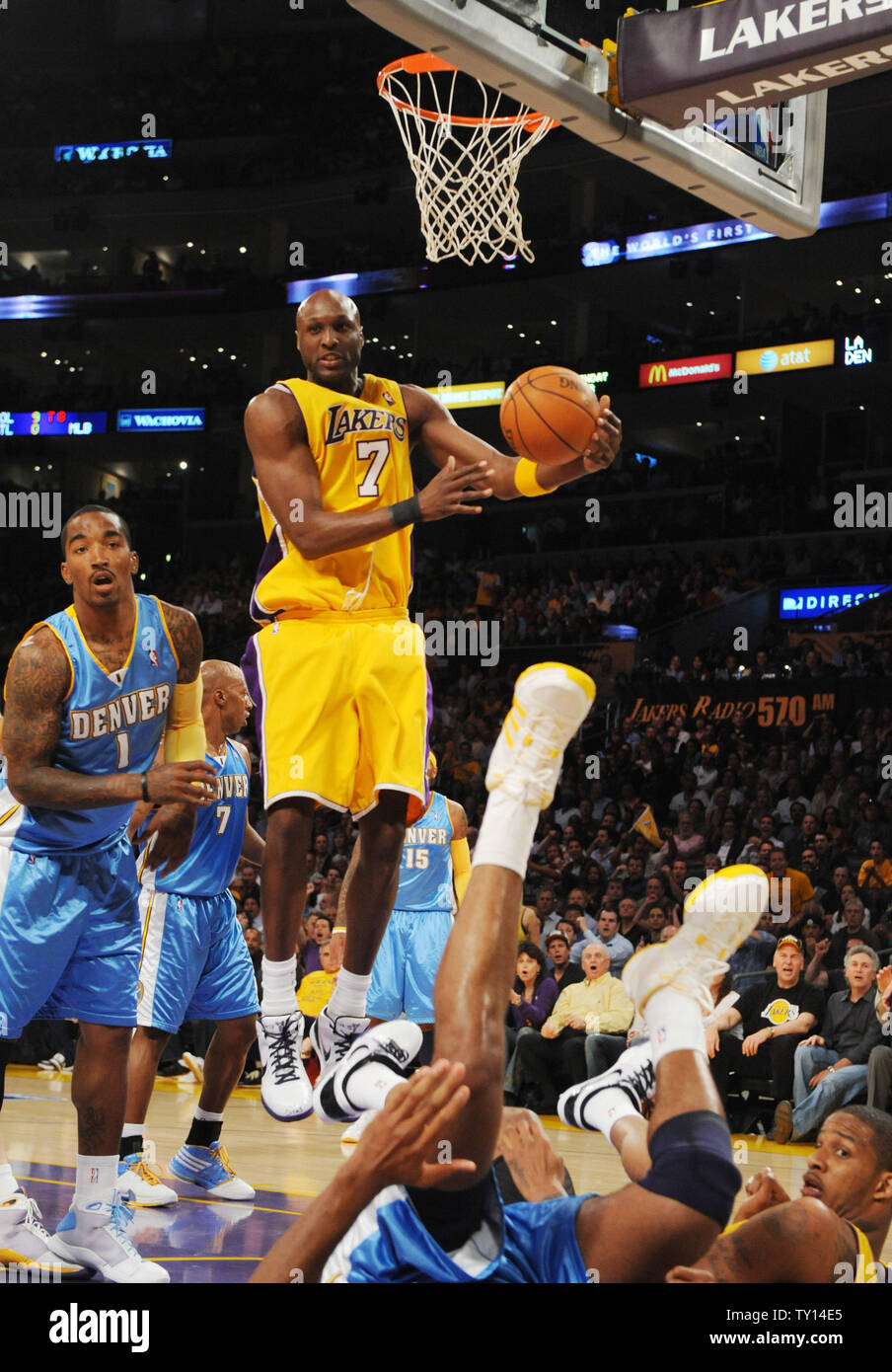










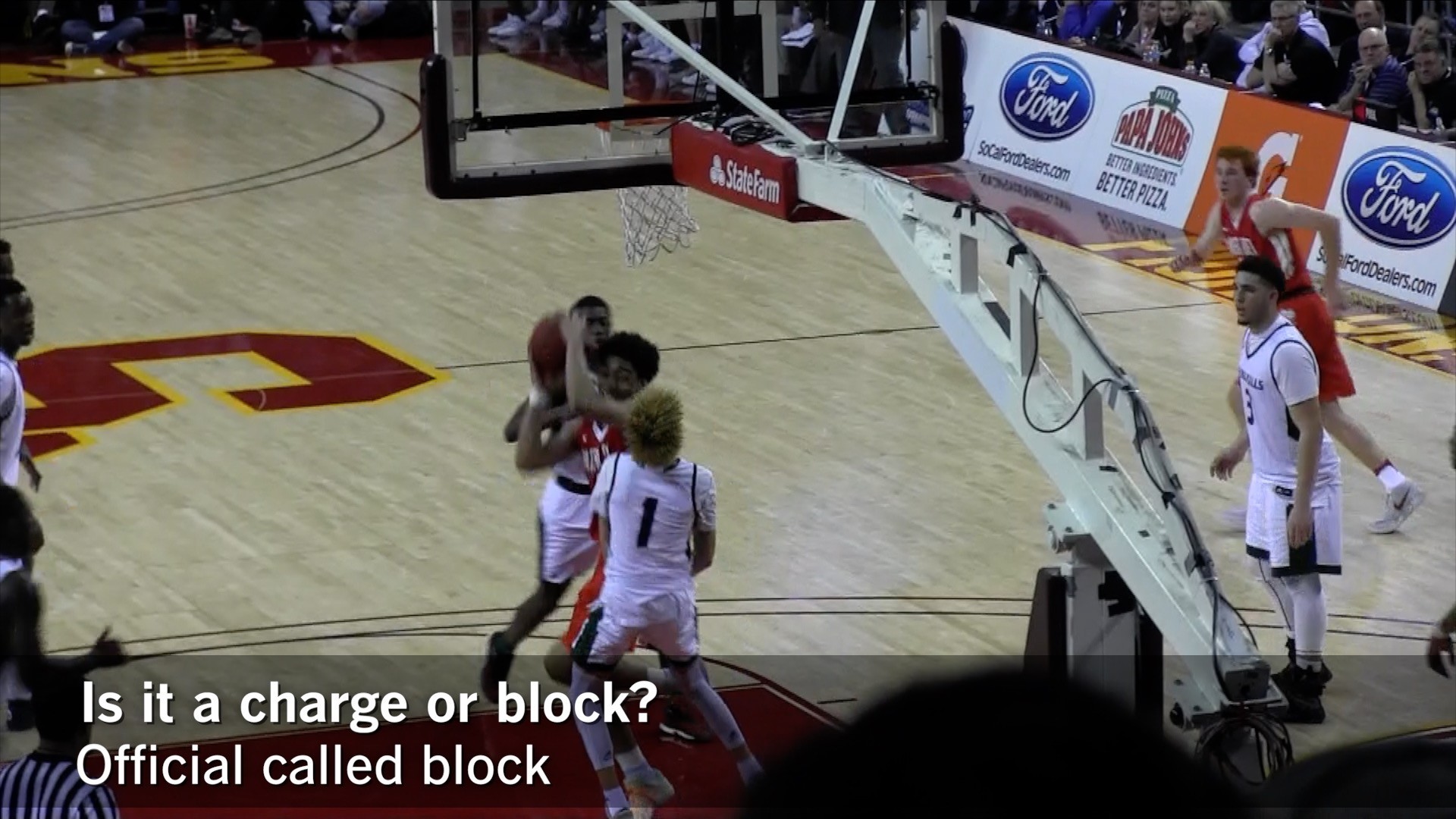
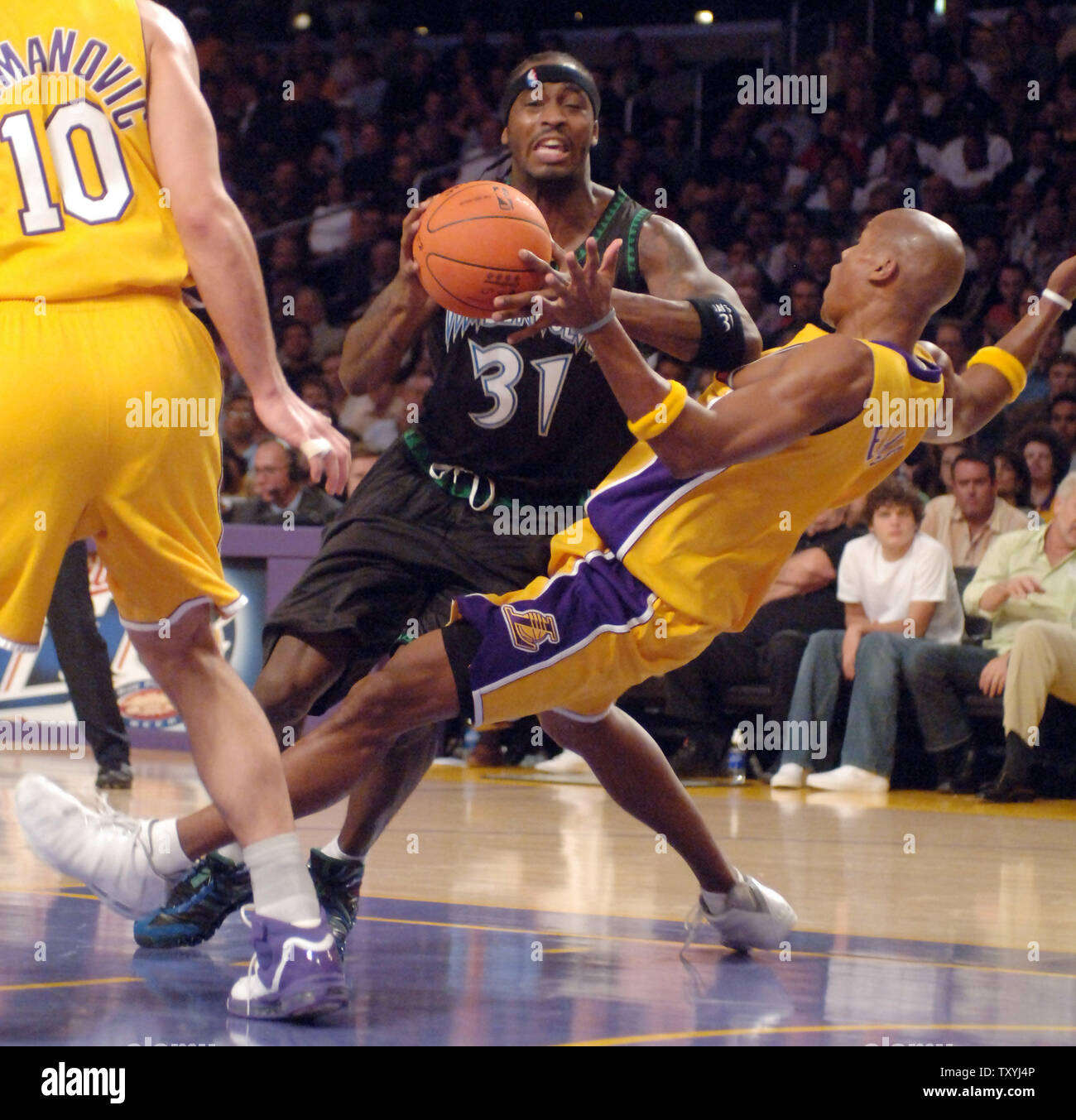
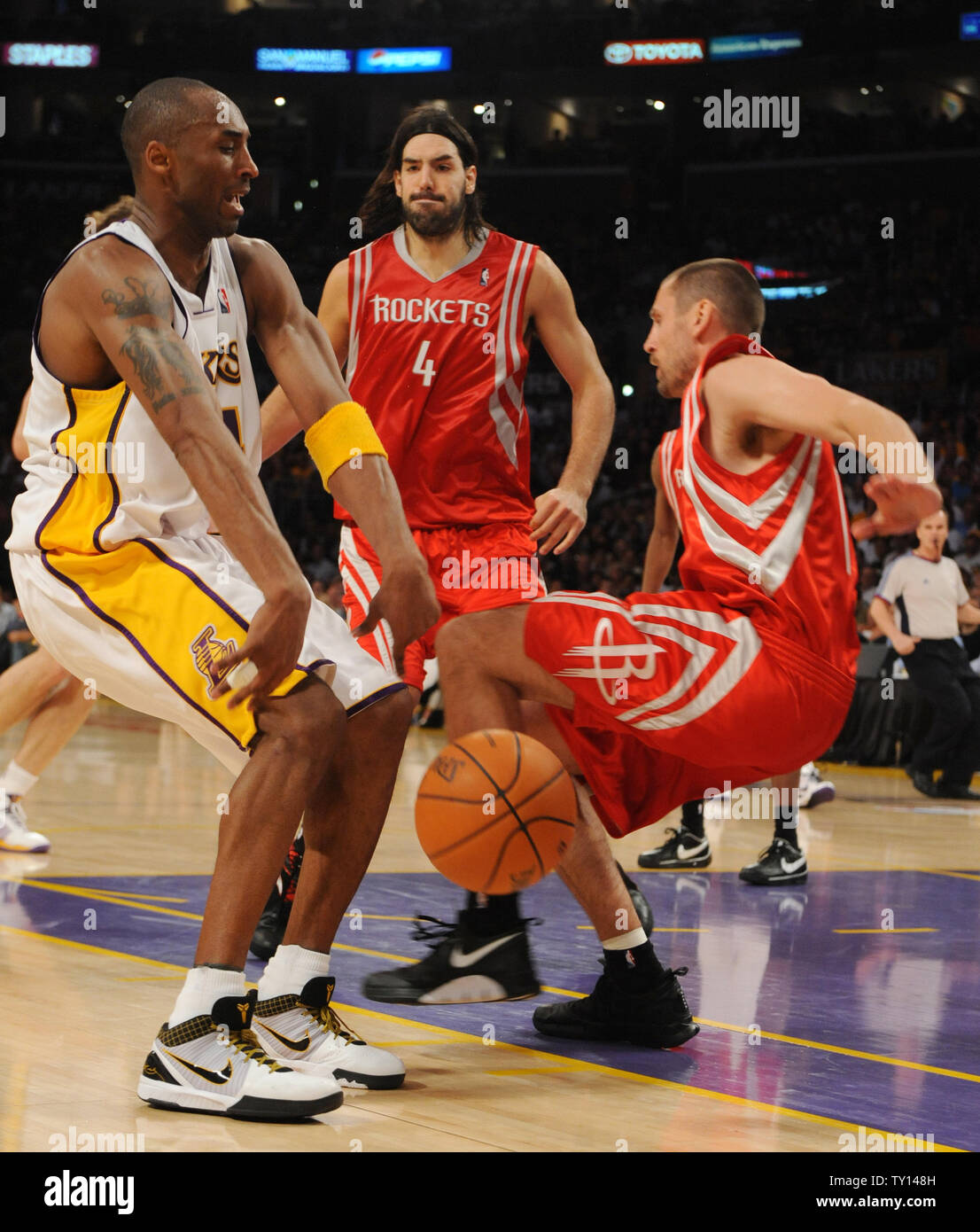





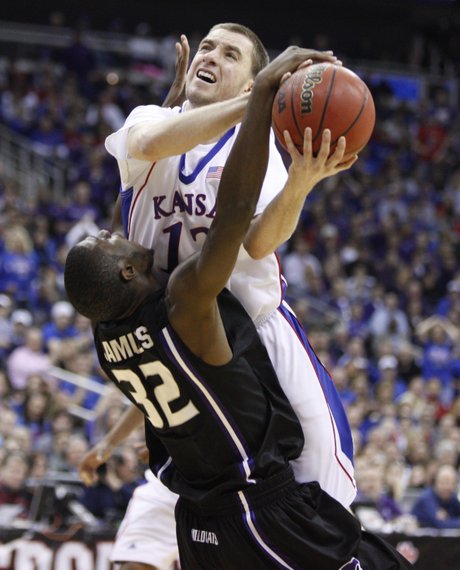


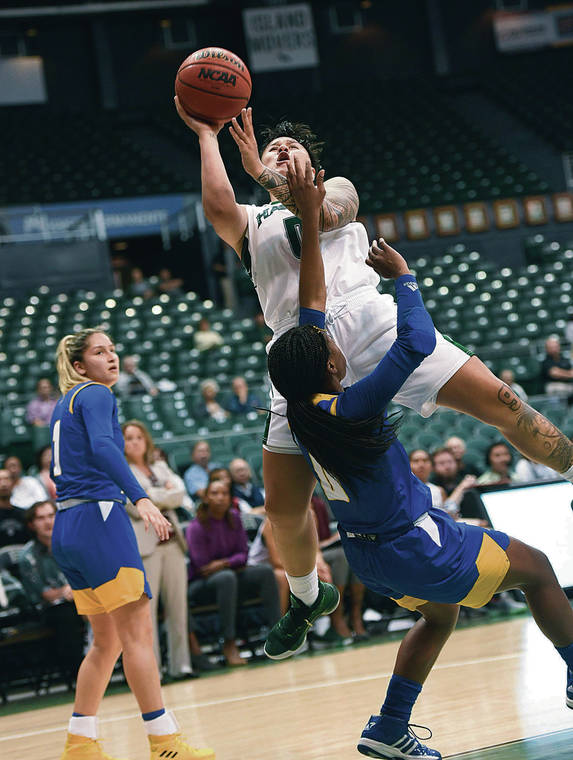


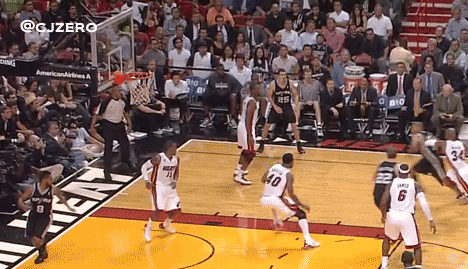



:format(jpeg)/cdn.vox-cdn.com/uploads/chorus_image/image/7376535/20121010_ajl_aj4_260.0.jpg)


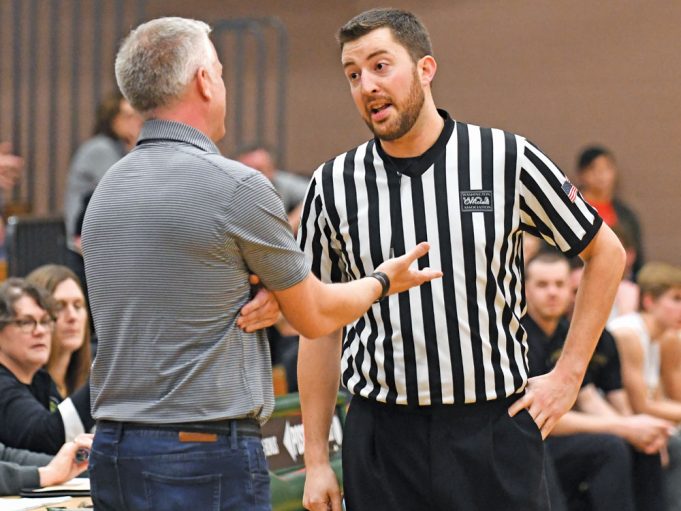









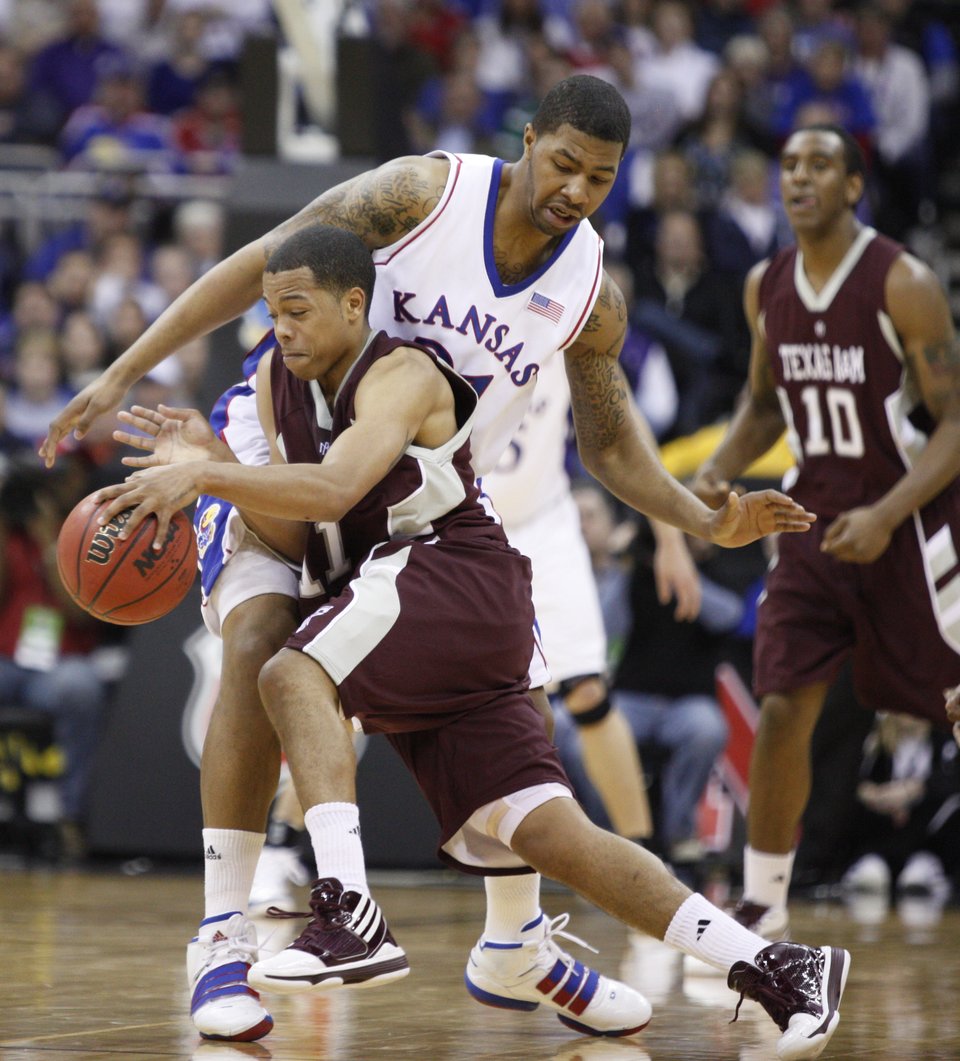



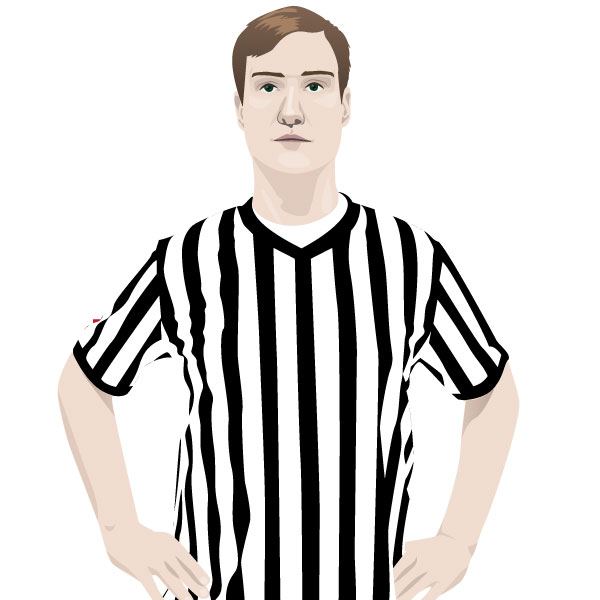
/cdn.vox-cdn.com/uploads/chorus_asset/file/19740007/merlin_1666307.jpg)







